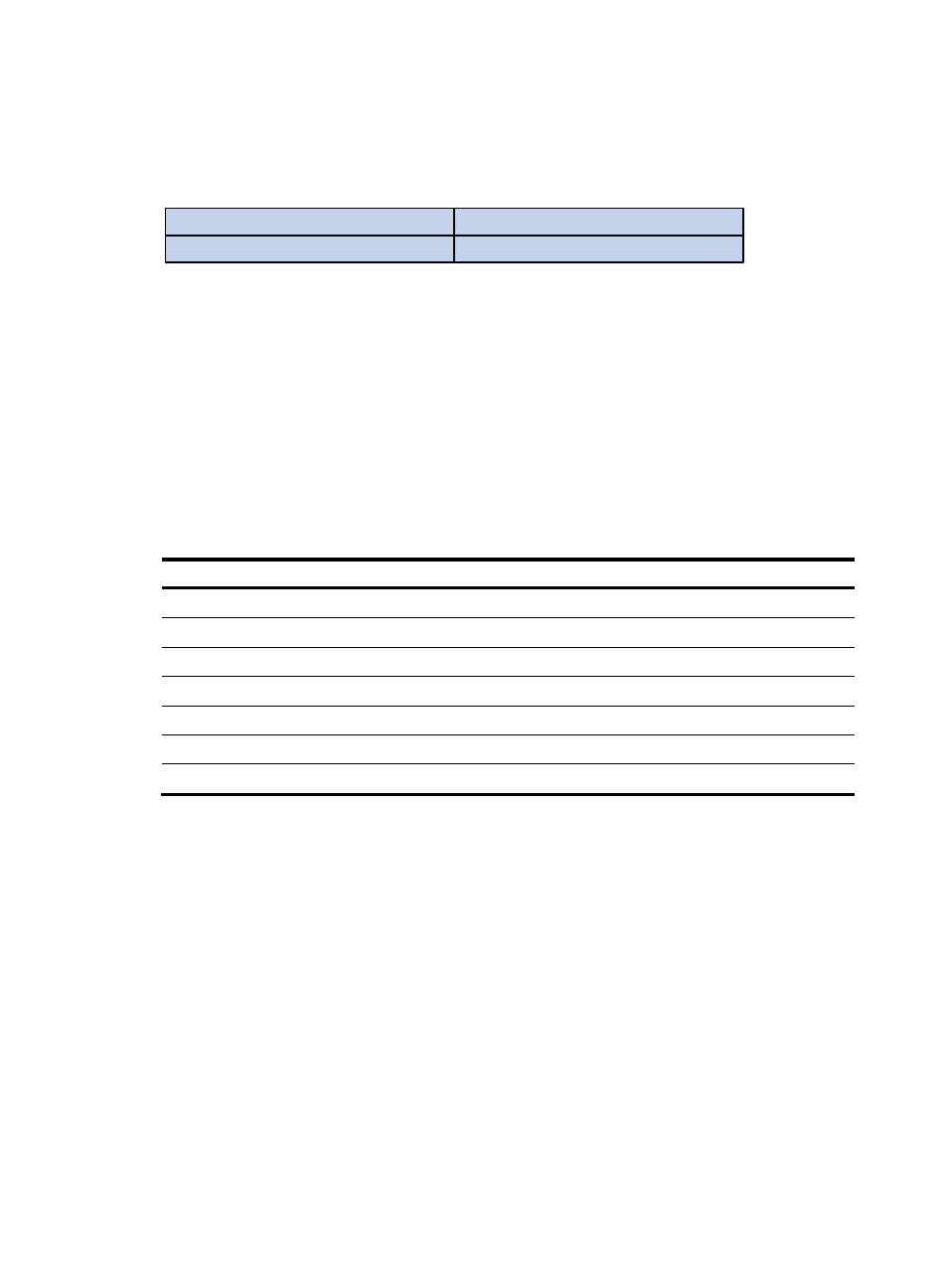Loopback detection interval, How loopback detection works, Loopback detection actions – H3C Technologies H3C S12500 Series Switches User Manual
Page 197

184
•
TCI—Tag Control Information, information of the VLAN tag, including the priority and VLAN ID.
•
Type—Protocol type, with the value of 0x8918.
Figure 66 Inner header of a loopback detection frame
shows the format of the inner header of a loopback detection frame. The inner header contains
the following fields:
•
Code—Protocol sub-type, with the value of 0x0001, indicating the loopback detection protocol.
•
Version—Protocol version, with the value of 0x0000, which is reserved.
•
Length—Length of the loopback detection frame, including the inner header, but not the Ethernet
header.
•
Reserved—This field is reserved.
Loopback detection frames are constructed in the form of TLV (type/length/value) triplets.
lists
the required and optional TLVs supported by the loopback detection mechanism.
Table 21 TLVs supported by the loopback detection mechanism
TLV
Description
Remarks
End of PDU
TLV that indicates the end of a PDU.
Optional.
Device ID
TLV that indicates the bridge MAC address of the sending switch. Required.
Port ID
TLV that indicates the ID of the PDU sending port.
Optional.
Port Name
TLV that indicates the name of the PDU sending port.
Optional.
System Name
TLV that indicates the switch name.
Optional.
Chassis ID
TLV that indicates the chassis ID of the sending port.
Optional.
Slot ID
TLV that indicates the slot ID of the sending port.
Optional.
Loopback detection interval
Loopback detection should be a continuous process. Loopback detection frames are sent at a specified
interval, known as a loopback detection interval, to check whether loops occur on ports and whether
loops are removed.
How loopback detection works
Loopback detection actions
Loopback detection actions refer to the actions taken by the system when detecting loops. The following
actions are available:
•
None—When detecting a looped port, the system takes no action on the port except printing log
information and sending trap messages. If no loopback detection frames are received within three
loopback detection intervals, the system determines that the loop is already removed, and again
prints log information to notify the user.
0
15
31
Code
Reserved
Version
Length